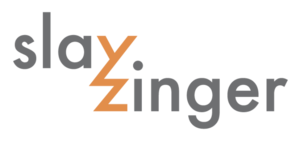As an Industrial Designer, I am very familiar with the concept of 3D printing. My company uses a Dimension Elite fused deposition modeling (FDM) machine to create physical prototypes from our 3D models. We sand, paint, apply graphics, insert springs, and mold in hinges to deliver our clients fully working prototypes of the concepts we design.
In the rapid prototyping world, there are several options for 3D printing from lasers hardening material inside of a bath of resin to print heads laying down powder and then curing the powder to a build head melting ABS plastic and a support material one layer at a time.
Historically, 3D printers are expensive, require hefty maintenance, and a plethora of technical knowledge to operate and maintain (not to mention the skill required to do 3D computer modeling in the first place). Three entrepreneurs in Brooklyn, New York set out to change the face of 3D printing with their company MakerBot Industries. The company originally launched in 2009 and has been producing affordable, DIY 3D printing contraptions in the thousands of dollar range instead of the tens of thousands of dollar range that 3D printers usually start at. The MakerBot flagship Thing-O-Matic costs $1,299 and the purchaser puts the thing together.
The drawbacks of the MakerBot are that the resolution of the parts, the thickness of a single layer of material it will lay down at a time, is not very high and the machine does not lay down a separate soluble support material to make sure the part doesn't fall over during the printing process. The lack of support material also limits the amount of undercuts that the printing model can possess. Despite this, the MakerBot machines costs a fraction of the price of the 3D printing establishment's desktop units and they are upgradable and expandable.
The DIY aspect of MakerBot, their online creative community, and their goal of allowing anybody to create and manufacture parts makes this unit a unique gadget. This unit would also be, in my opinion, an excellent commodity to any freelance Industrial Designer or small design department for providing low resolution rapid prototypes for clients. Take a look at the introductory video with Chris Hardwick.
